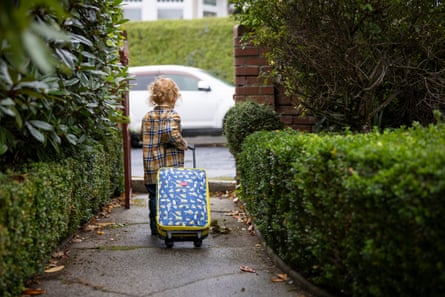New Zealand at a Crossroads: Migration, Economy, and a Changing Identity
New Zealand is renowned for its breathtaking landscapes, thriving agriculture, and rich cultural heritage. Yet, the nation now grapples with rapid social and economic changes. As waves of New Zealanders seek opportunities abroad, the country faces pressing questions about its future. Explore what's driving these shifts and what they mean for the Kiwi identity.

Emigration on the Rise: Why Are New Zealanders Leaving?
Over recent years, New Zealand has witnessed a sharp rise in the number of residents leaving the country. Many are seeking better economic prospects, particularly in Australia, where wages and job opportunities often outshine those at home. Families, not just young adults, are relocating in record numbers. This trend is creating real concerns about New Zealand's demographic and economic future.
As reported by The Guardian, more than 69,000 New Zealanders left in the year to February 2025—surpassing previous highs. Both small-town residents and city-dwellers are feeling the strain. High living costs, limited job growth, and stagnant wages have pushed even diehard Kiwis to consider a fresh start overseas. The migration wave is not limited to one age group, either. Young adults, families with children, and an increasing number of retirees are all packing their bags, leaving communities searching for ways to stem the tide.
To learn more about how mass emigration is reshaping lives and what locals fear for their future, check out Primedia Plus's deep dive.
Economic Impacts and Community Response
The effects of this population shift ripple through New Zealand’s towns and industries. When working-age residents depart in large numbers, local economies suffer. Small towns, in particular, bear the brunt. Reduced school enrolments, fewer healthcare workers, and declining business activity can start a downward spiral.
Community leaders and researchers are raising the alarm. They stress the need for proactive strategies to attract and retain both locals and newcomers. Meanwhile, policymakers continue to debate how best to balance economic reforms with the real needs of everyday New Zealanders. As highlighted in the latest Guardian article, public services are stretched, and local iwi (Māori tribes) are launching initiatives to boost skills and create new economic opportunities.
Sheep and People: A Symbol of Change
Alongside its people, New Zealand’s sheep have long defined its global image. In decades past, sheep outnumbered humans more than twenty-to-one, reflecting the country’s agricultural success. But even this symbol is changing. Shifts in global wool demand and modern farming mean the ratio is now lower than ever, yet sheep still comfortably outnumber people.
According to Boing Boing, New Zealand currently counts roughly 23.6 million sheep to just 5.3 million humans. While talk of humans overtaking sheep is premature, the declining sheep population is an unmistakable sign of shifting priorities and economic realities.
Looking Forward: Challenges and Opportunities
The story of New Zealand is one of adaptability and resilience. As the country responds to demographic changes, economic challenges, and evolving national identity, opportunities will arise for those willing to innovate and invest in local communities. Whether you’re a local, a returning expatriate, or a future visitor, the ongoing transformation presents reasons for hope—and calls for thoughtful action.
Summary:
New Zealand stands at a crossroads, balancing its unique heritage with growing economic pressures and shifting demographics. The choices made now will define the country’s trajectory for generations to come.
Interested in the topic? Explore more detailed analyses of New Zealand's migration trends on The Guardian and discover quirky population facts with Boing Boing. Stay informed, and join the conversation on New Zealand’s future!